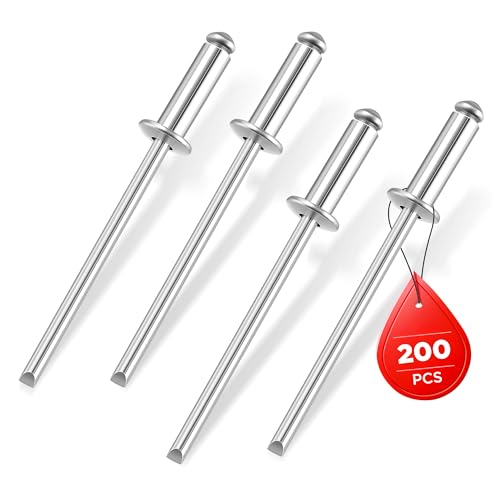macawman
Well-known member
I think we made some progress with the seafoam soak. After blowing as much of the seafoam out as possible, I reinstalled the plugs and...
1. Motor actually started with the throttle in the start position, and on the third pull yet. Only ran for a few seconds. Never done that before.
2. Motor would start on full throttle and continue running, but with a bit of a stumble.
3. After running at high speed until the motor was warmed up, I was able to throttle back to medium speed and continue running. However, the smoke coming from that thing was unbelievable. I had to shut the motor down because I couldn't see anything. Hope that was due to burning off the seafoam. If it's going to smoke that bad all the time, I'll have tree-huggers storming my house.
4. You should see the crap that washed out into a fresh fill of the test drum.m
1. Motor actually started with the throttle in the start position, and on the third pull yet. Only ran for a few seconds. Never done that before.
2. Motor would start on full throttle and continue running, but with a bit of a stumble.
3. After running at high speed until the motor was warmed up, I was able to throttle back to medium speed and continue running. However, the smoke coming from that thing was unbelievable. I had to shut the motor down because I couldn't see anything. Hope that was due to burning off the seafoam. If it's going to smoke that bad all the time, I'll have tree-huggers storming my house.
4. You should see the crap that washed out into a fresh fill of the test drum.m




















































